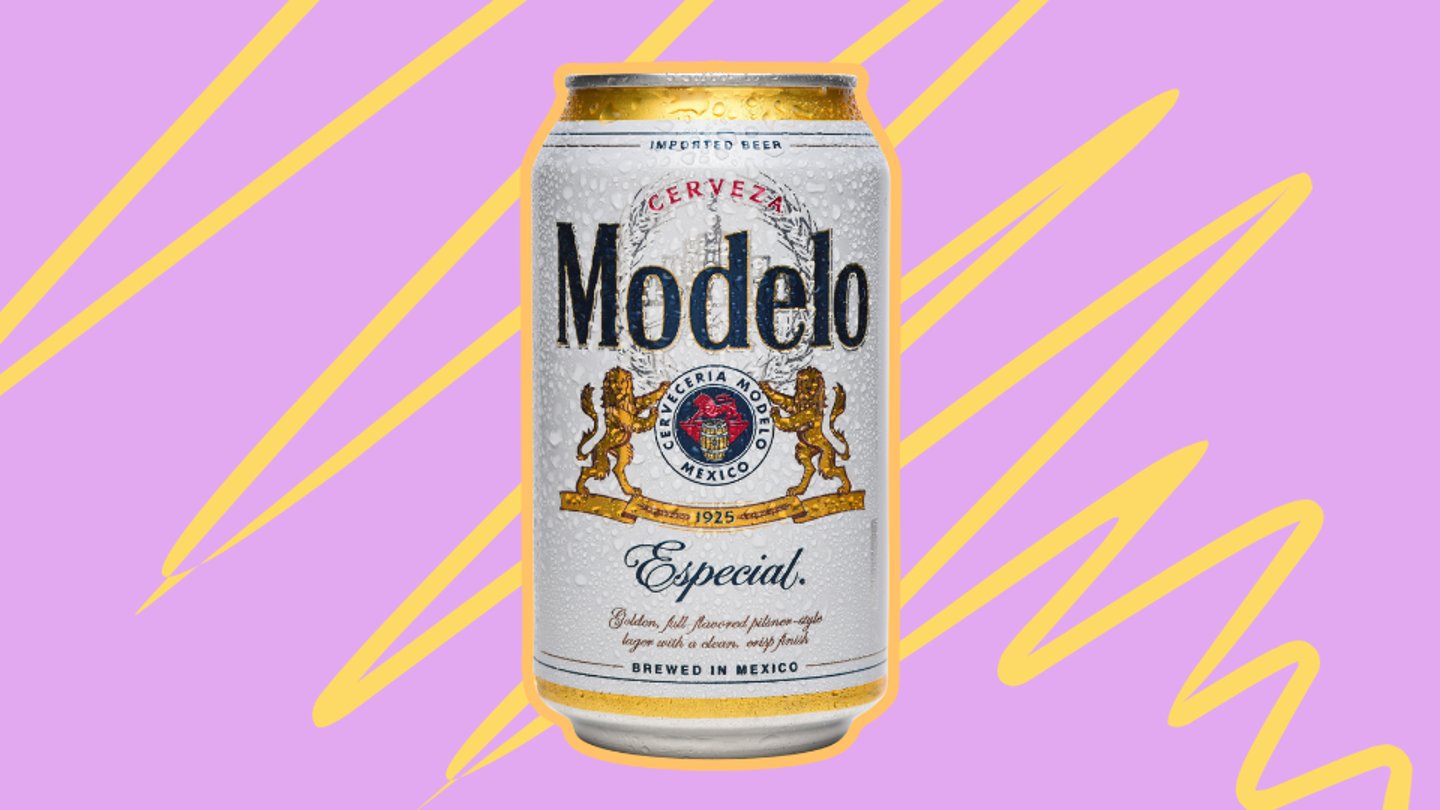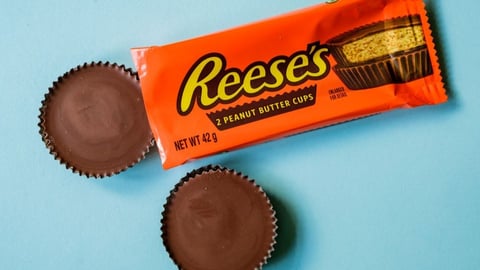Constellation Brands Eyes Price Pack Architecture to Re-Engage Cautious Consumers
Much like other consumer goods companies, Constellation Brands is having to navigate a tough economic and socio-political climate, with tariffs and rising costs impacting the business and its consumers alike.
Its Hispanic base, in particular, has been hit hard, and the company is implementing price pack architecture strategies in response to win back consumer engagement.
More on Trends
Gen Z: Constellation Brands' portfolio has a strong appeal to younger consumers, indexing at twice the industry average among 21- to 25-year-olds.
GLP-1: The company sees a negligible impact from GLP-1 drugs. Newlands says concerns are not supported by facts, as most users stop within three months and return to previous consumption patterns. The impact is primarily on wine and spirits, not beer.
Cannabis: While cannabis beverages are on the uptick, consumers who drink them also consume more beer than the industry average, suggesting a minimal negative impact on Constellation's business, according to Newlands.
The Landscape
Constellation Brands has been keeping a close eye on its consumers, monitoring sentiment via monthly studies.
Also: Diageo creates cross-industry, AI-enabled "think party" to pin down consumer trends
In the latest check-in, the company found that 80% of surveyed Hispanic and non-Hispanic consumers continue to express concern about the socioeconomic environment, and 70% of those are specifically concerned about their personal finances.
The Hispanic segment, however, is especially vulnerable.
"One of the things that we track very carefully is ZIP code data. And the results that you are seeing in high Hispanic ZIP code areas is significantly worse than what you see in the general market," said president and CEO William Newlands during recent earnings conversations.
The downturn is showing up in industries such as construction, where Hispanics have pulled back from jobs. It's an industry that typically has a high correlation with beer purchasing patterns, according to Newlands.
"So part of that question is going to be, will some of those construction opportunities reinvigorate? Because that's good for the beer business and that's particularly good for us, given our strength in that particular market."
Newlands stated this pull-back has also translated to people simply not going out. It's not a lack of desire in the brands, he said, but rather that the occasions in which products are typically consumed are "radically down."
Ongoing tariffs are adding another layer of complexity for the company. Constellation Brands expects the impact to be about $70 million this year on the beer business — and about $20 million in the wine business alone.
Getting Consumers Re-Engaged
Because it's difficult to predict how the consumer is going to behave in this volatile environment, Newlands said, the company is spending its time on "controlling the controllables," meaning winning in execution, shelf sets and distribution — as well as increased focus on price pack architecture.
"Having the opportunity for the consumer who is financially constrained to find one of our iconic brands at a price point which they can afford at the current time is an important part of why price pack architecture is one of our key focuses now and will be going forward," he said.
Additionally, the company is continuing to invest in its operations, increasing efficiency through supplier and sourcing optimization.
"Included in that would be our move to 60-foot railcars and our double stacking within railcars, as well as a big initiative around suppliers and terms, if you will," said Newlands. "So this is going to continue to be a focus for us over time. We continue to think that there will be opportunities for us in logistics and manufacturing optimization."
Newlands said the percentage of alcohol in the basket hasn't changed, which gives the company comfort that consumer behavior and category dynamics will return to normalcy in the medium term.





